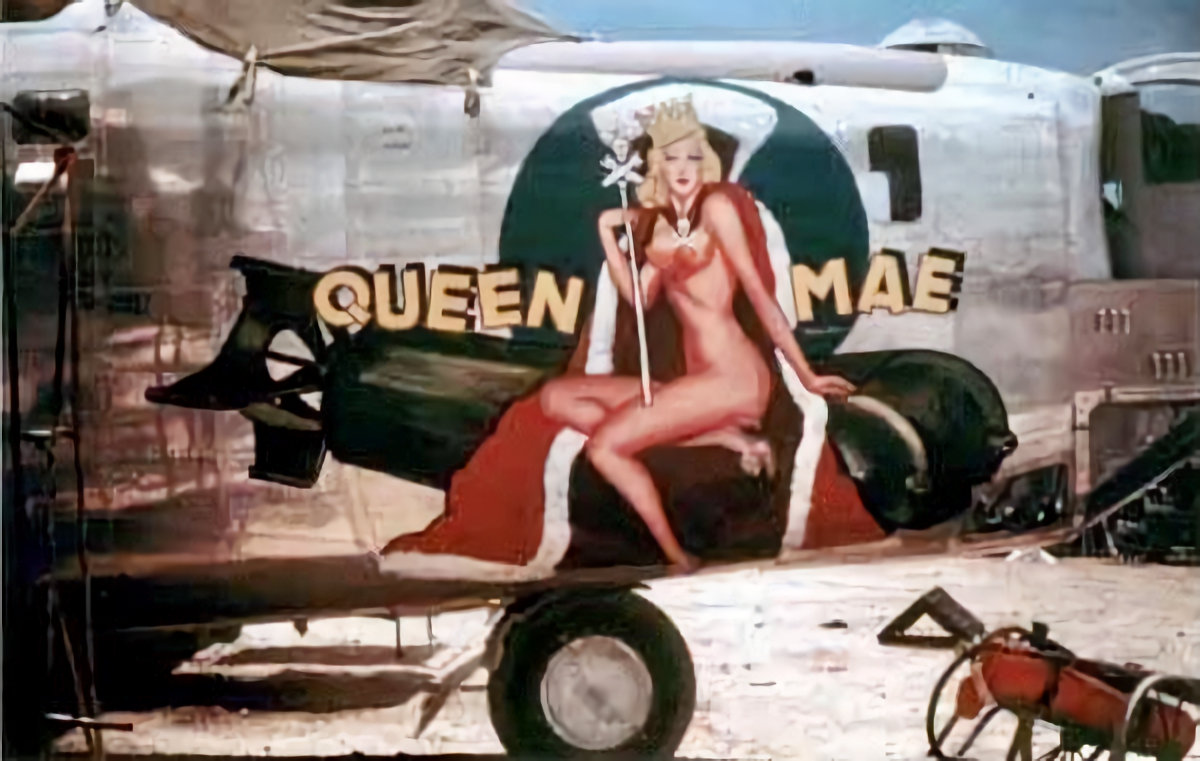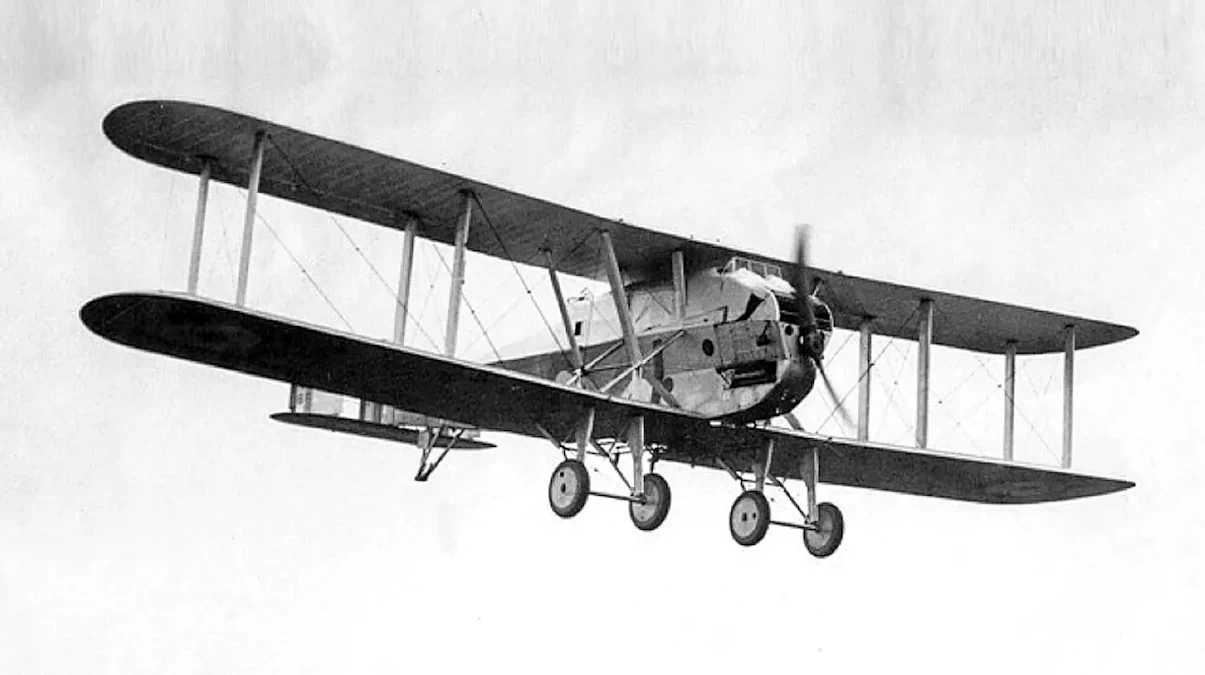Tag: bomber
-
Consolidated B-24 Liberator Nose Art Page 2

Consolidated B-24 Liberator Nose Art Page 2 Old Hickory Old Hickory was a 380th Bomb Group 530th Bomb Squadron s/n 42-40827. It was written off on 1 March 1944 after a crash landing at Fenton, Australia. Our Gal III Our Gal III a Consolidated B-24J-90-CO s/n 42-100313 of the 5th AF, 22nd BG, 33rd BS… Read more
-
Supermarine Seagull II

Supermarine Seagull II The Supermarine Seagull II was developed as an amphibious aircraft for the RAF for operation from the Royal Navy’s aircraft carriers. At the time, the RAF controlled all flying activities for the Royal Navy. Developed from the Supermarine Seal, the two prototypes (N158 and N159) were designated as the Seagull I. A… Read more
